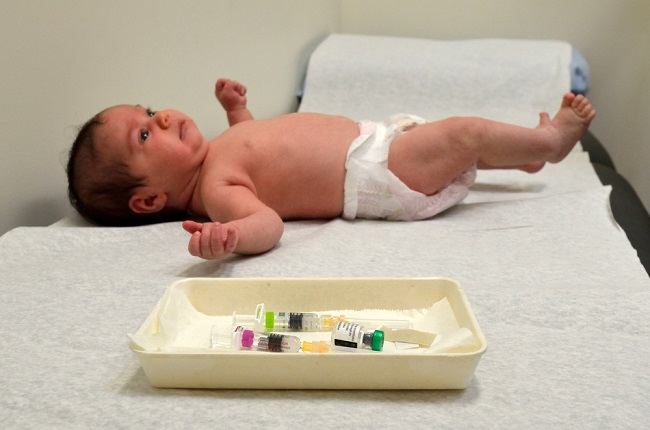Tubectomy can be a safe, permanent method of contraception for women. However, just like any other medical procedure, tubectomy also has some risks. If you decide to undergo this method, first consider the risks and benefits that can be obtained.
Tubectomy or tubal ligation is a method of contraception that involves cutting, tying, or closing the fallopian tubes. This method can prevent the egg from traveling through the fallopian tube and prevent the sperm from meeting the egg. Thus, pregnancy can be prevented.

The tubectomy procedure can be done at any time, including after a vaginal delivery or in conjunction with other abdominal surgeries, such as a cesarean section. However, not all women can undergo a tubectomy procedure.
Therefore, if you want to undergo a tubectomy procedure, you should first consult with your doctor.
Types of Tubectomy and the Process
Tubectomy can be done by several methods. The doctor will carry out an examination to determine the right method based on your condition, including weight and surgery history.
The following are tubectomy options that doctors can recommend:
- Laparotomy, performed after vaginal delivery or caesarean section by making a small incision below the navel.
- Laparoscopy, performed outside of labor by making small incisions and using a special tool called a laparoscope.
After undergoing the tubectomy procedure, the doctor will take you to the recovery room to go through the observation phase to see if there is a risk of complications. Furthermore, you will be allowed to go home at least 4 hours after the doctor has confirmed that there are no possible complications.
After undergoing the tubectomy procedure, you are advised to avoid strenuous exercise for a few days. You should also postpone sexual intercourse for one week after the tubectomy procedure is performed.
The tubectomy procedure does not affect the menstrual cycle and sexual intercourse. So you will go through your normal menstrual cycle
Risk of Complications of Tubectomy Procedure
Tubectomy is classified as a safe procedure with a rare risk of complications. However, regardless of the type of surgical procedure performed, there are risks.
There are several things that can increase the risk of complications, including:
- History of having pelvic or abdominal surgery
- Obesity
- Diabetes
- Pelvic inflammatory disease
Meanwhile, the risk of complications that can occur during the tubectomy procedure include:
- Infection
- Bleeding
- Drug side effects
- Pelvic or abdominal pain that is hard to go away
- Damage to organs, such as the intestines, bladder, or blood vessels
In addition, if the fallopian tube does not close completely after a tubectomy, it can increase the risk of an ectopic pregnancy. This condition is classified as dangerous and must be treated immediately.
Advantages and Disadvantages of Tubectomy
In addition to the risk of complications, you also need to consider the advantages and disadvantages of tubectomy surgery. The following are the advantages of tubectomy surgery:
- Does not affect hormones
- Only need one action
- High success rate in preventing pregnancy
In addition to the advantages, the tubectomy procedure also has disadvantages, namely:
- Some women can still get pregnant after a tubectomy, although this is rare.
- Cannot protect against sexually transmitted diseases, so they still need other contraceptives during sex, such as condoms.
- It is permanent so it is difficult to reconnect the fallopian tube.
- The cost of the tubectomy procedure is relatively large.
Tubectomy can be used as a method of contraception if you and your partner decide that you no longer want to have children. Consult your doctor to find out more about the benefits and risks of the tubectomy procedure, and to determine whether the procedure is right for you.









